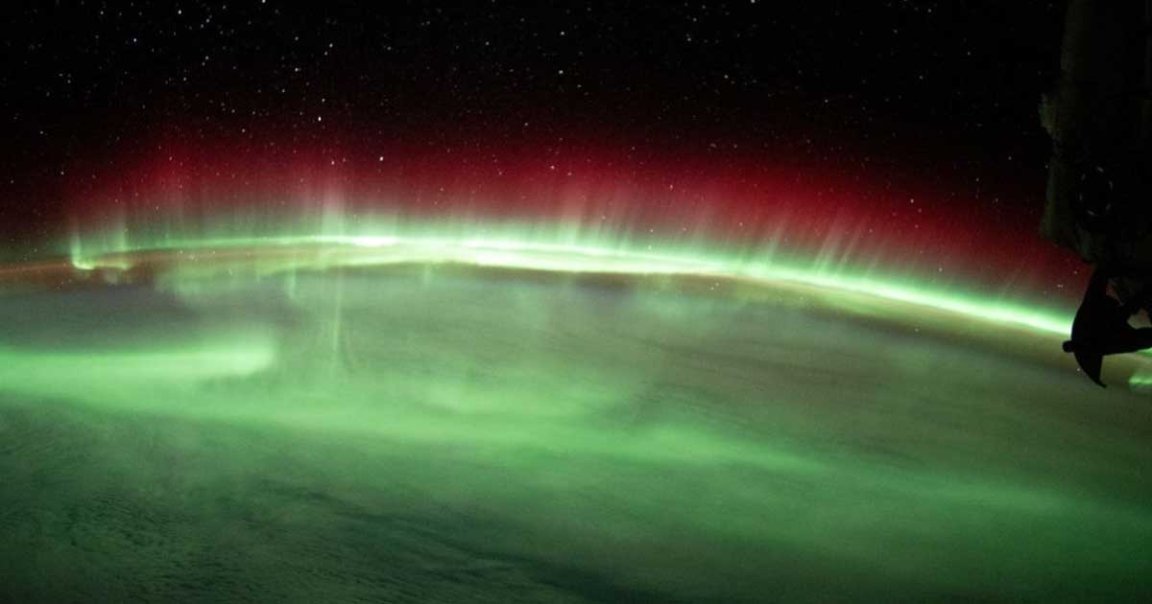
Aurora Vision
NASA has shared an absolutely gorgeous time lapse filmed from the International Space Station and showing off a rare display: an aurora, following a massive solar storm hitting the Earth’s atmosphere, as viewed from above instead of below.
The video shows the station pass over the Indian Ocean, with the Moon rising in the background as a bright beacon of light hiding behind the space station’s Canadarm2 robotic arm — and while it’s not the first time we’ve seen such a display, it’s a sight that never gets old.
Solar Storms
As the Sun hits the most turbulent period of its 11-year cycle, our planet is bombarded by highly charged particles that interact with our planet’s magnetosphere, releasing energy in the form of light.
Some of these auroras occur at roughly the same altitude as the ISS, meaning that astronauts can sometimes find themselves flying right through the light show itself.
“Thankful for the recent solar activity resulting in these wonderful sights!” NASA astronaut Bob Hines tweeted from on board the space station last month, showing off stunning images of the phenomenon.
Sky Lights
So why green in particular?
“When solar particles collide with atmospheric oxygen they give off rich red and green hues as seen in this image,” NASA explained in a recent Instagram post. “Conversely, if these same particles collide with nitrogen in our atmosphere they illuminate the sky in glows of blue and purple.”
It’s a captivating sight that only a handful of individuals stationed on board the ISS have been able to witness first hand — but at least we’ve got NASA to rely on for some stunning footage.
More on auroras: Watch the Milky Way Instantly Pop Into View During Lunar Eclipse